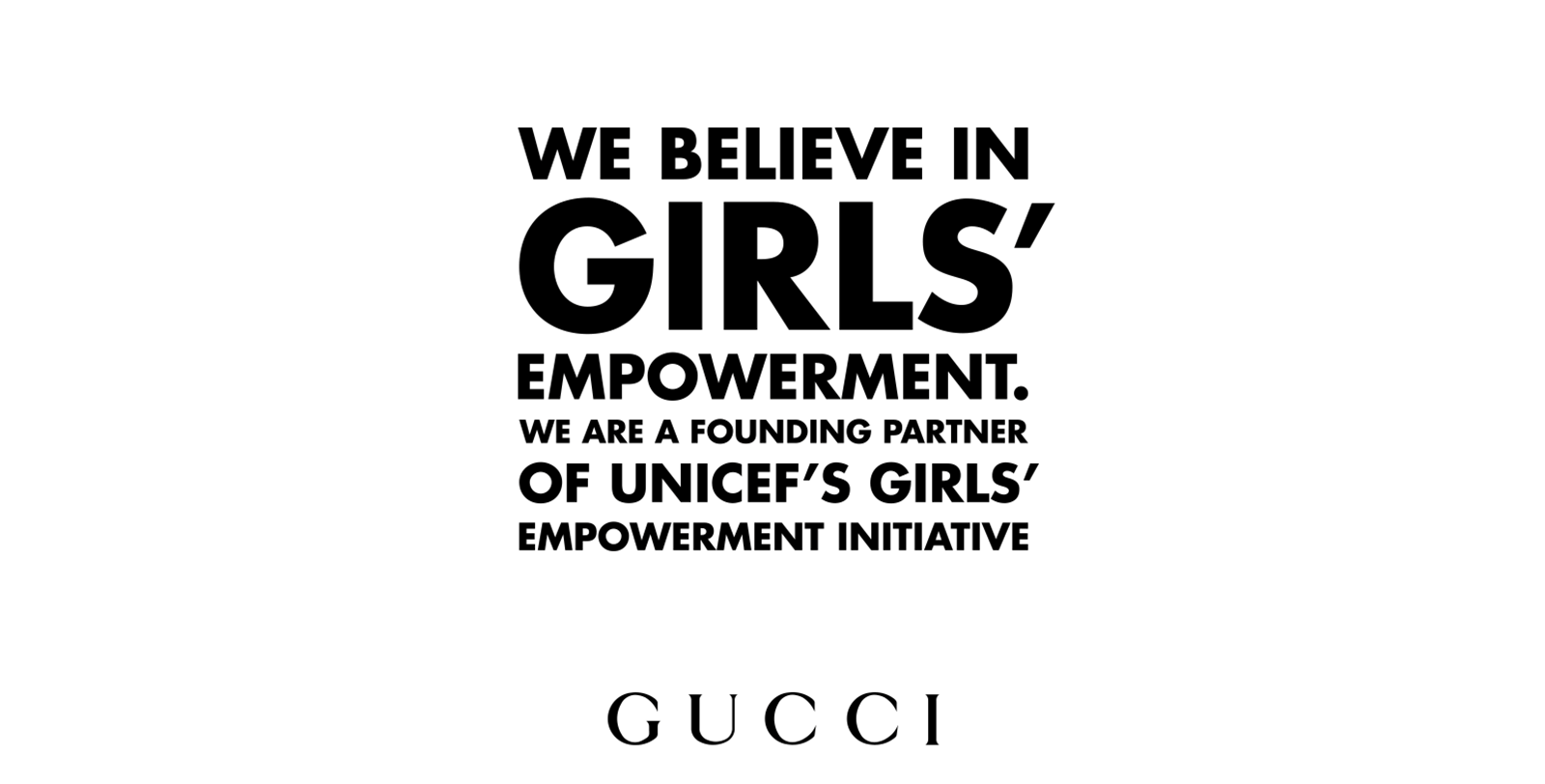What is sustainability?
- Celeste Tesoriero
- Oct 7, 2020
- 3 min read
Updated: Aug 17, 2021
For me, the word ‘sustainability’ has lost its mojo. It has been watered down via greenwashing and lack of policy around its use. Theiles' description is most commonly used, yet he himself argues it isn't bulletproof. If sustainability means to sustain, this would entail having zero negative impact on people, the planet or society, and if natural resources are used- those same resources (and at least the same amount of them) would need to be given back. Nature has intrinsic, not instrumental value, and creates it's own balance. So is offsetting, for example, a sustainable practise? What is the longterm effect of taking one resource and giving something different back? Like carbon offsetting your flight? Or planting a tree for every purchase of polyester yoga tights?

Brands may label themselves as ‘sustainable’ for an initiative as insignificant as small production runs. So what is sustainable fashion, and why, above other industries is it becoming such a prominent conversation?
The fashion industry received a much needed spotlight on its processes and impact in 2013 following the Rana Plaza disaster in India. Over 1,100 people died and 2,500 people were injured in the collapse of the clothing factory- bringing into question the ethics of manufacturing of the worlds biggest retailers. This sparked the Fashion Revolution movement, which built international awareness, with millions of people from over 100 countries taking part. The True Cost is a powerful documentary, taken from the perspective of people not involved in the industry and therefore making it easily relatable and a great catalyst for change.
I often describe the world of sustainable fashion as a rabbit hole- Specifically the one from Alice in Wonderland that doesn’t end and is full of very strange and confusing things. Unless you are an expert in the field, and quite frankly even when you are, it is impossible to know every technological advancement in real time and weigh each opportunity up scientifically whilst keeping the pillars of sustainability in mind...
What are the three sustainability pillars? The three sustainability pillars, which you will often see as a framework for brands Sustainability Roadmaps are: People, planet, profit. These three pillars should all be considered by a company who wants to be successful and sustainable. Many brands will place an emphasis on one in particular, and their initiatives will be driven by this. For example Stella McCartney’s main priority is environmental, particularly against animal cruelty with her vegan leather alternatives.
Economically, it is now proven that doing good is good for business. Two years ago, Patagonia added incentives for customers who return used items that can be sold again. A jacket that retails new for about $400 was recently listed on Patagonia’s Wornwear website for $207, more than twice the amount paid to customers in a voucher. (Martin, LA Times, 2019)

“It’s a profitable business unit,” said Phil Graves, director of corporate development at Patagonia.
Eventually sustainability won’t be an afterthought brands implement into their strategies, or even a word that is plastered in huge letters across storefronts to attract customers, it will be the norm. If a brand isn’t being sustainable, that will be cause for attention. The question is not should brands be more sustainable, it is why wouldn’t they? We all want to buy items that are ethically produced and don’t harm the environment, and it is proven that a business who introduces these principles increases its market value. This is thankfully the way we are heading, and the industry is advancing everyday.
So, put the word sustainability to the side. Next time you see it, look a little deeper. Which of the sustainability pillars is the brand focusing on, what are their initiatives? Fashion for good, fashion for change, slow fashion, anti-fast fashion, ethical fashion...don’t be swept up in empty titles but also don’t necessarily go chasing certifications. Often certifications are so expensive to gain they are unattainable for many brands who are doing the right thing. Certifications have also shown to be falsities, their meaning on par with the word sustainability itself.
There's no need to go down the rabbit hole, but educating ourselves is our best chance at making better decisions. Noone is perfect, no item will be seen as perfectly produced in everyone's eyes. So develop your own. Which sustainability pillar means the most to you? Create your own meaning of sustainable fashion and the topic will feel alot lighter.
Read how to shop more sustainably here








